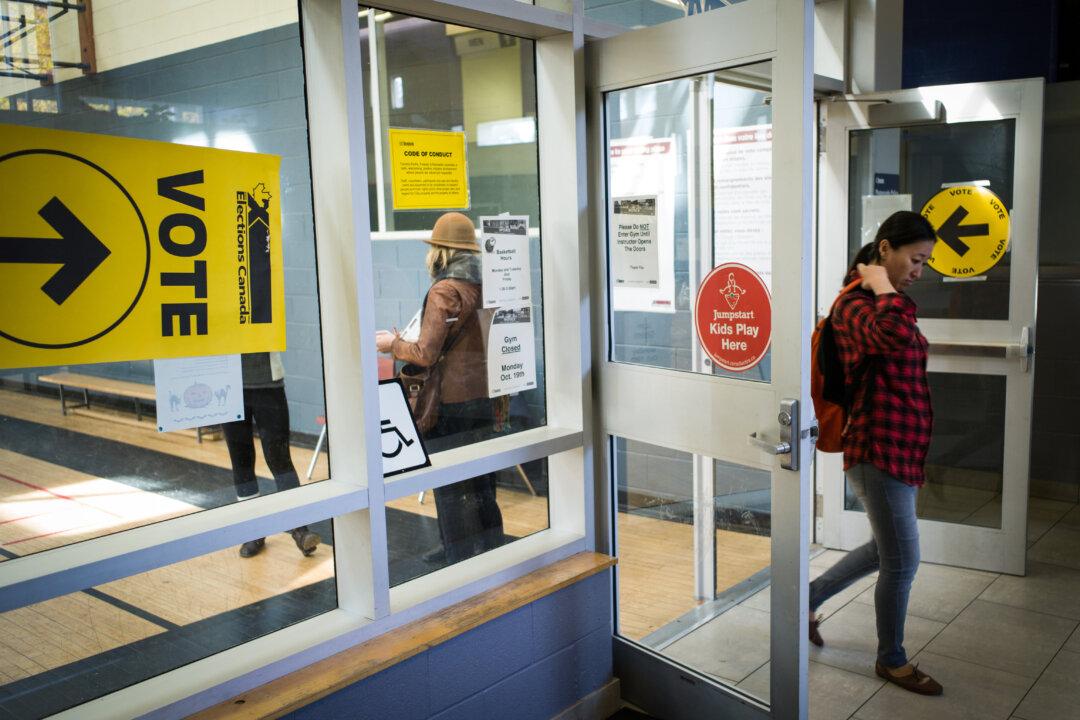On Monday, millions of Canadians, young and old, cast their ballots. “Apathy is Boring”—a project aimed at increasing youth political participation—would like to particularly applaud the participation of young and first time voters.
Elections Canada estimates that the overall voter turnout rate was 68.5 pecent—the highest since 1993. Although Elections Canada has not yet released youth voter turnout rates, we expect them to surpass 38.8 percent, the number of youth 18-24 who voted in 2011.
Why Did the Voter Turnout Rate Increase?
There’s no silver bullet to eradicating the problem of low voter turnout, though the rise in participation this election can be attributed to several factors.
First, this election came at the heels of a full four year term. Unlike the previous elections which saw snap elections and minority governments every two or three years, voter fatigue was not an issue this election. On the contrary, many wanted the opportunity to have their voice heard at the polls.
The close race helped voters recognize the influence that their vote could have on the outcome of the election. Throughout the election period, the polls suggested that the three main parties were all competing for the lead. Although the polls over the closing days of the campaign saw the Liberals command a solid lead, the tight race throughout the campaign solidified the importance of each and every vote.
Voter turnout rates may also be the result of new Elections Canada initiatives aimed at making voting more accessible. For the first time Elections Canada set up campus polls, open for four days on 40 campuses as well as 17 Friendship Centres across Canada. These polls allowed out of town students to vote in their ridings back home. This pilot project, which saw 70,000 people turn up at these locations across Canada, clearly answered a need that many Canadians had in terms of providing a diversity of ways to vote.
There was also a huge increase in the use of advance polls this election, up a 71 percent from 2011. This is in part to the addition of a fourth day of advance polls and the timing of advance polls over the Thanksgiving long weekend. Over 3.6 million Canadians cast their vote during advance polls.
Technology likely also contributed to the increase in voter turnout—most notably the harnessing of social media. Twitter Canada reports that the hashtag #elxn42 was used 3.4 million times during the election period. This is four times more than the use of #elxn41 in 2011. Most candidates took to Twitter at some point during their campaign to make announcements or promote their events.
